CONTENTS
Flight With Infant Tips: Turn An Intimidating Experience Into A Memorable One
Made to fit under the seat
View AllCabinZero Packing Cubes
View AllTravelling on a plane is not always easy for those who are unfamiliar with it, not to mention bringing an infant along. You must carry extra luggage, documents and the most important thing, a calm mind to solve the unexpected troubles. Sounds intimidating, but it can still be a remarkable experience if you prepare.
Save your trip from becoming a disaster with these flight with infants tips. Note down all the regulations and useful experiences shared by the fellow travellers to help your trip go smoothly!

Let’s make baby’s first flight a comfortable one. Photo by yobab on stock.adobe.com
When Is It Safe To Travel Internationally With A Baby
Travel internationally with a baby is generally safe after the first few weeks. That said, it's best when they are at least 6 months old.
If your baby is deemed healthy by the doctors, you can already count them in the trip. However, be aware of their living and health conditions. Babies are still developing their immune system, so changing their conditions can make them more prone to infectious diseases. Check here for more crucial tips and tricks about travelling with children and infants.
Travelling on the road by car is usually considered the safest way to carry a baby. Next are by train and by boat. Travelling by air is a bit more complicated. Most would recommend waiting after the first few months, which means no flying till they are 2-3 months old. This is because flying includes pressure changes that can affect their ears and lungs.
Can a Newborn Travel Internationally Without a Passport?
Despite what you might think, any person, even a newborn, can not travel internationally without a passport. The way they get one, of course, is not the same process as an adult. You will need to provide extra documentation like their birth certificate, parental relationship proof, etc., and most of the time, the consent confirmation of both parents, depending on your country.
Lap Infant Or A New Seat?
Airlines usually allow children under 2 to sit on the lap of an adult. However, according to the Federal Aviation Administration (FAA), it’s best if they have a seat just for themselves to avoid unexpected turbulence.
If it’s a long flight in which you can’t be sure your strength allows you to carry them the entire way, book a new seat. This way, you will get your hands free to enjoy the flight on your own, while your child can relax and fall asleep more easily in a separate seat.
If you are travelling on a budget and are confident to have them on your lap, then go for it. Just keep in mind that though it can save you some money, you might struggle without a free hand most of the time.
Generally, we advise opting for the former. It’s easier for parents. And if they sleep on your lap nevertheless, you still have some space to yourself. Plus, many believe that it’s safer this way.

Babies below 2 years old are allowed to travel as a lap infant. Photo by Irina Schmidt - stock.adobe.com
Does A Diaper Bag Count As A Carry-On?
If you fly with an infant, the baggage allowance will depend on the ticket type. Usually, in case you bought an extra ticket for them, the allowance will be the same as that of other adult passengers.
On the other hand, if you choose to travel with a lap infant, having a separate allowance for luggage is not guaranteed. The baby's belongings, like food or diapers, if carried on, are usually counted as yours. But they might offer an extra bag for checked luggage.
For example, Ryanair states that “all infants must sit on an adult’s lap and do not qualify for a separate bag allowance. However, we allow a baby bag up to 5kg (dimensions: 45x35x20cms) for babies travelling on an adult's lap.”
Strollers and car seats can be checked for free of charge, no matter what type of ticket you choose for the baby. But again, this is not guaranteed, as there are no regulations for airlines on this matter. Checking with your airline beforehand is the only way to be sure.
Instead of juggling multiple bags, many travelling parents are choosing a versatile backpack that doubles as both a diaper bag and an underseat personal item.
International Travel With Baby Packing List
After having secured a seat option for your baby, packing for your flight with an infant is the next challenge you must overcome. To avoid leaving something important behind and make use of the luggage allowance, it’s best to note down the things you will need, the estimated quantity, and any special reminders.
Based on the condition of your baby, you can customise your luggage. But here are some of the common things that you should definitely pay attention to:
Bags
The most popular way to fly with infants is to travel with two to three bags: one or two carry-on for in-flight essentials and a checked suitcase for everything else.
The underseat bag/diaper bag should be stuffed with diapers, wipes, snacks, toys, and a change of clothes for both of you.
As for the carry-on/standard bag, it goes in the overhead bin and holds your backup supplies such as extra diapers, formula, and more outfits for those "just-in-case" moments, like a long delay on the tarmac.
The checked bag is for the rest i.e. the stuff you absolutely will not need until you’ve landed and checked in. This is where you pack the bulk supply of diapers and wipes, all those adorable vacation outfits, sleep sacks, swaddles, and any non-essential gear.

Pack what you need for the flight in your underseat bag.
Travel gear
Bringing a baby carrier is a must if your child is unable to walk by themselves yet. It can help you huge effort trying to carry them on your hands everywhere. Carrying them in these can be heavy, but it will surely be useful with your hands free and support a lot if there are stairs and steep roads.
A stroller or car seat is optional if you intend to move around a lot or change the destination during your trip. The downside is that they are kind of bulky, so it might be inconvenient to bring them along. However, it will help protect your child. Just check for ones that have Federal Aviation Administration (FAA) approval to be able to use them on the plane.
You can also bring some sleeping gear, like a travel crib or a blackout curtain. To save space for other things, we would recommend you ask your hotel to borrow them first.
Feeding Supplies
How to pack food and clothes must be the number 1 thing parents pay attention to when looking for flight with infant tips. Pay attention to your baby's daily routine a few weeks before the trip. Depending on that, you can easily calculate the quantity you’ll need to bring.
If you are still breastfeeding, prioritise things that support you, such as pumping, nursing bras, etc. Bring along some frozen packages of breastmilk just for backup.
Pack more formula, breast milk, or baby food than anticipated to account for potential flight delays. These items are exempt from the standard 3.4-ounce liquid rule.
Formula feeding can be premeasured into Ziploc bags so you can easily prepare on the go. And solid food can be contained in squeeze pouches. You can keep them in insulated bags or opt for dry ones that don’t require specific preservation. A few extra bags are not a bad idea in case you spill.
Include bottles, nipples, and for longer journeys, a portable bottle brush and a small container of dish soap.
Nursing mothers may want a cover, which can also become a blanket or a sunshade for a car seat (Emirates, for example, will actually provide nursing covers if you ask the flight attendants).
Diapering Essentials
A reliable guideline is to pack one diaper for every hour of travel, plus several extras for unforeseen circumstances.
A full pack of baby wipes is essential, along with a separate travel pack of disinfecting wipes to clean surfaces like aeroplane tray tables, armrests, and changing tables.
Disposable changing pads are highly recommended for use in public airports and aeroplane lavatories.
Pack plastic bags or a reusable wet/dry bag to contain soiled clothes and used diapers. A travel-sized tube of diaper cream is also a must-have.
Don’t forget to also pack bottles, dish soap, a thermos, baby spoons, sippy cups, etc.
Clothing and Warmth
For clothes, prepare based on your destinations, around 2-3 pairs per day is enough, as they can get dirty frequently due to burping.
In flight, pack at least two complete changes of clothes for the baby and a spare shirt for the accompanying adult.
A lightweight muslin or cotton blanket is invaluable for keeping the baby warm, as cabin temperatures can be unpredictable.
Babies usually get cold, so bring an extra coat, hat, and scarf in case to layer up. Don’t forget the socks, even if you are heading to a hot place. Babies’ body temperature doesn’t work like adults. You can fit all of these in packing cubes to separate your clothes from theirs to find things easier.
Comfort and Health
Even if your kid no longer wears diapers all the time, going to the bathroom on the plane can be a burden you might want to avoid. Remember to keep wipes in hand. A pacifier is also needed to avoid tinnitus on the plane.
A first-aid kit is a must for flying with infants. Include infant acetaminophen or ibuprofen (after confirming dosage with a paediatrician), a nasal aspirator, baby nail clippers, and any personal medications. These should be kept in your carry-on luggage for any unexpected accident.
Entertainment
An entertained baby is a happy baby. Bring multiple pacifiers, teething toys, and a favourite small comfort item like a blanket or stuffed animal (a "lovey"). For maximum engagement, rotate new toys or some form of entertainment every hour. And bring lots, we mean lots, of snacks. If you think you’ve packed enough snacks, you haven’t. Go back and pack more.
How To Prepare A Baby For An International Flight?
Here are some flight with infant tips that experienced mothers recommended to help you prepare. Though preparation can’t assure you a 100% relaxing trip because babies are unpredictable, it can surely lessen the chance of outbursts that you can't solve.
Consult Your Doctors
The very first thing you should do before planning an international trip with your infant (or any trip at all) is to consult your doctor. Check whether your baby’s health condition can adapt to long hours of travelling, things to look out for, and the medical procedure you have to go through.
Ask them for a suggestion on the medicines you should bring, or even how to handle emergencies during your trip. While you are at it, take a look at a travel insurance plan for the whole family.

Ask your paediatrician before planning the trip. Photo by Viacheslav Yakobchuk on stock.adobe.com
Choose Your Destination Carefully
If you are taking a baby on a plane for the first time, or for any reason you are not so sure they can be well-behaved, then it’s best to go for a close by destination.
Such trips test their reactions and your own ability to handle situations. A closer destination means less time on air, which can give you relief if they start to become unruly.
Also, aim for places that are full of utilities. This way, you can easily buy anything in case you forgot, or find help if something happens to your child. An adventurous trip or exploring nature in a secluded place might not be ideal for infants, as their immune systems are not fully developed yet.
Try a simple, relaxing trip without changing location casually, then if they get used to it, you can upgrade the experience gradually. If you can’t avoid a long flight, look for one that doesn’t require transit.
Pick Your Seat
Whether you choose to buy a seat for your child or carry them as a lap infant, choosing your seat is still an important step. You will not be allowed to sit by the emergency door, but bulkhead rows are still available. These seats provide bigger spaces to help you when interacting with your babies. People also suggest avoiding the aisle seat, as it can be dangerous during service hours.
Contact your airlines to see if they offer a bassinet seat and ask for detailed requirements regarding strollers and car seats. Also, make sure you get your seats next to each other.
Dress In Layers
Infants are erratic. They can be hot at the moment and cold in the next. There’s no way to predict their reactions even with the weather forecast in hand. So dress the baby in soft, breathable layers that can be easily added or removed as cabin temperatures fluctuate. Opt for light, loose-fitting clothes made from durable materials that can easily be squeezed into your handbags.
Pop Their Ears
The rapid change in cabin pressure during ascent and descent can cause significant pain in an infant's ears. The best course of action is to encourage the baby to swallow. You can do this by breastfeeding, bottle-feeding, or giving a pacifier.
Change A Diaper Before Boarding
Going to the bathroom on the plane carrying your baby requires a huge effort. Passing people, wriggle through a narrow hallway, and squeeze into the toilet. Of course, it can’t be avoided, because you definitely shouldn’t change the diaper in your seat. However, you can lower the chance by changing it before boarding.
Bring Entertainment
Entertainment is a must on the flight. They will help you calm your infant tremendously. Pack some of their favourite toy along and be ready to pull them out anytime they start to annoy. Having a familiar toy can distract them from the uncomfortable feeling in the air, and therefore, they behave much better. Just keep in mind to carry something that is noise-free to avoid disturbing other passengers.
Prioritise Comfort
Having a flight with an infant can be difficult, especially if you are travelling on a budget. But this is not the time to spend sparingly. How can you have a nice trip when you are already uncomfortable in the beginning? Make comfort the number 1 priority. Don’t hesitate to spend a bit extra if you feel like it.
This doesn’t mean you should lose most of your budget for a flight. Make use of the benefits with an infant on the trip. Most airlines already offer you early check-in, for example. What baby items are free on flights? Bassinet service, stroller transportation, or special meals are available depending on the airline.
Connect With Other Parents
Flying with infants can feel daunting, but you don’t have to figure it out alone. Join parenting communities online, such as Facebook groups like Travelling With Babies And Toddlers or Reddit’s r/TravelwithKids. These spaces are full of real advice and hacks from mums and dads who’ve been there.
Be Polite
A plane is a public transportation. Not only you, but also lots of other people are experiencing the flight. And though people can’t expect an infant to be well-behaved and silent all the time, they can still be uncomfortable about it.
Act politely. Show your effort in soothing the child and that you are aware of their inconvenience. The fellow travellers can be much more tolerable, seeing that you are trying to make amends. Showing empathy can make both your trip and theirs better.

Stay calm and be ready to solve any unexpected circumstances. Photo by lenblr on stock.adobe.com
Air Travel with an Infant: How to Make it Easy
Above are some flight with infants tips that can come in handy for you. Despite all the preparations, there’s no way you can be sure how your baby will react. The most important thing is to keep a calm mind and be ready to solve any problem that comes your way.
Do you have any other useful tips that can make the flight with an infant more tolerable? Comment below to share with the fellow travellers!
Thuc Huong


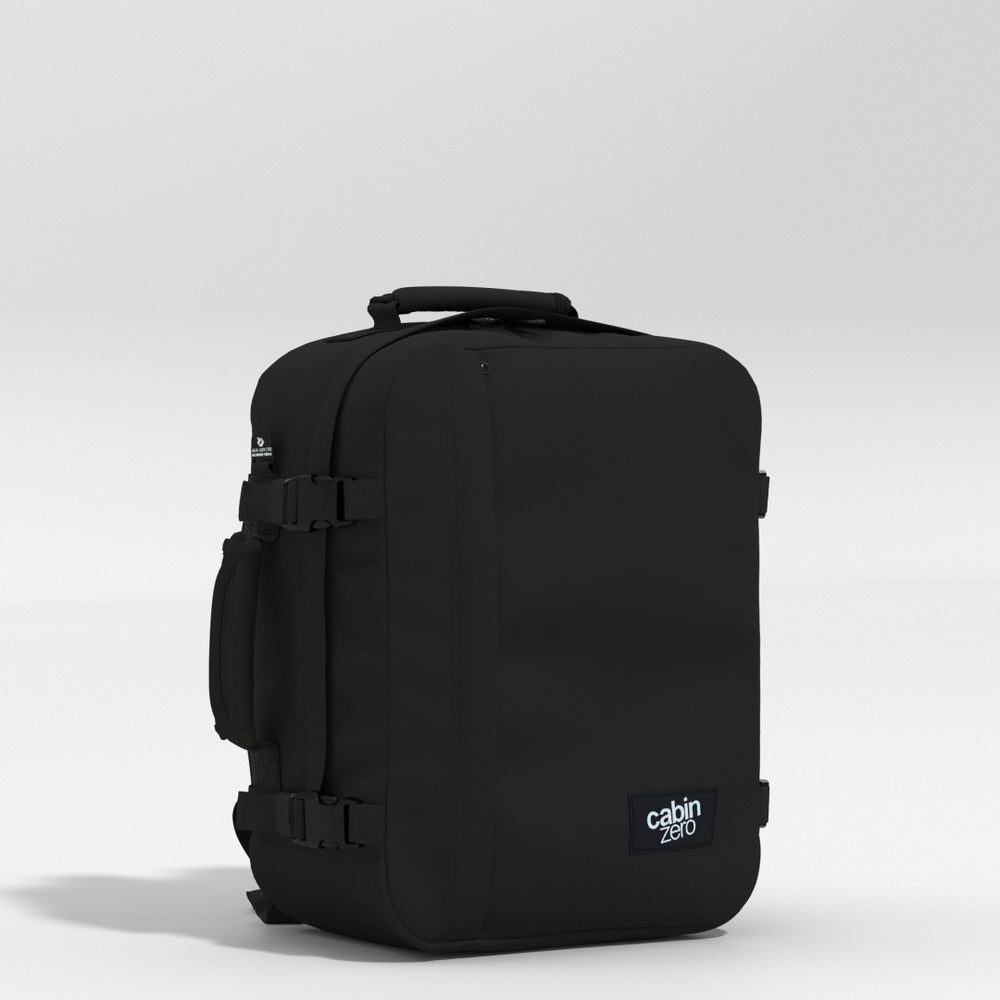
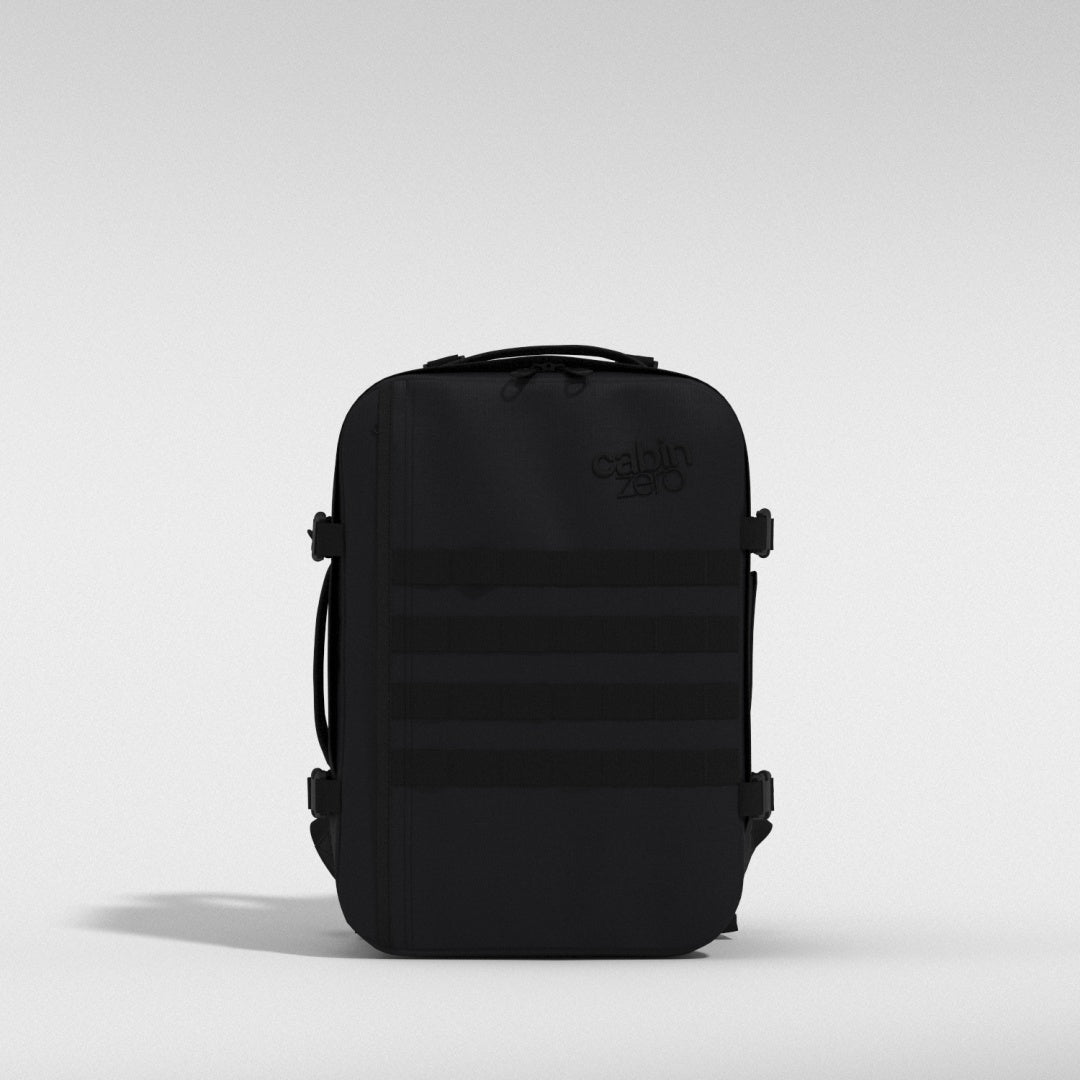
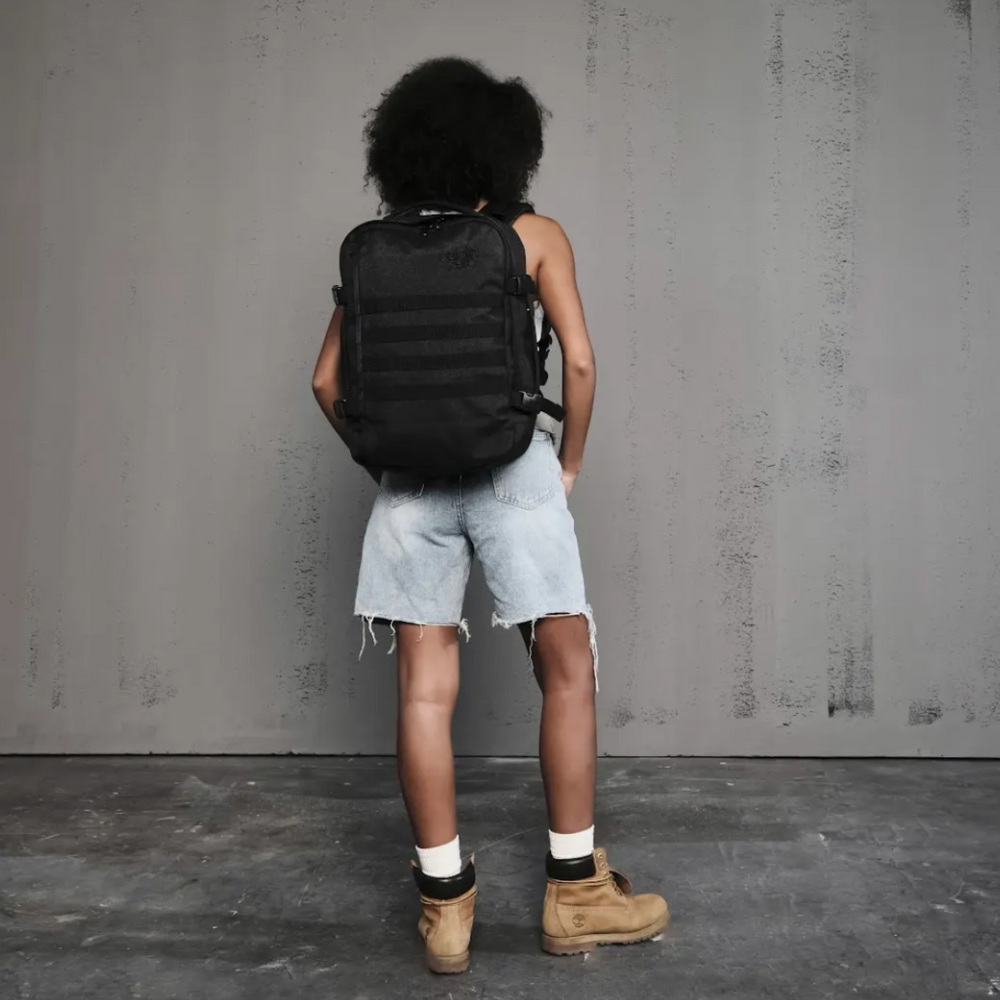
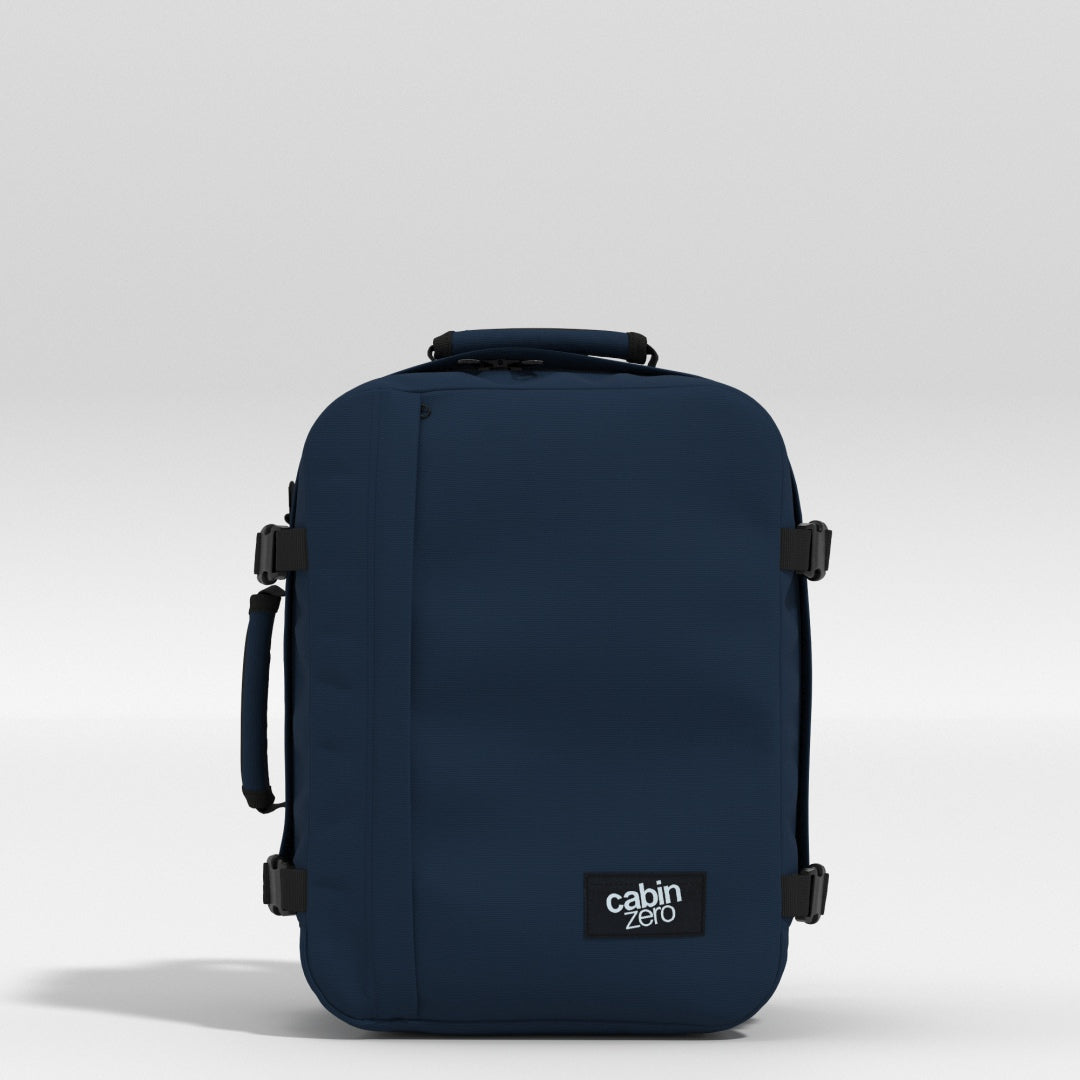
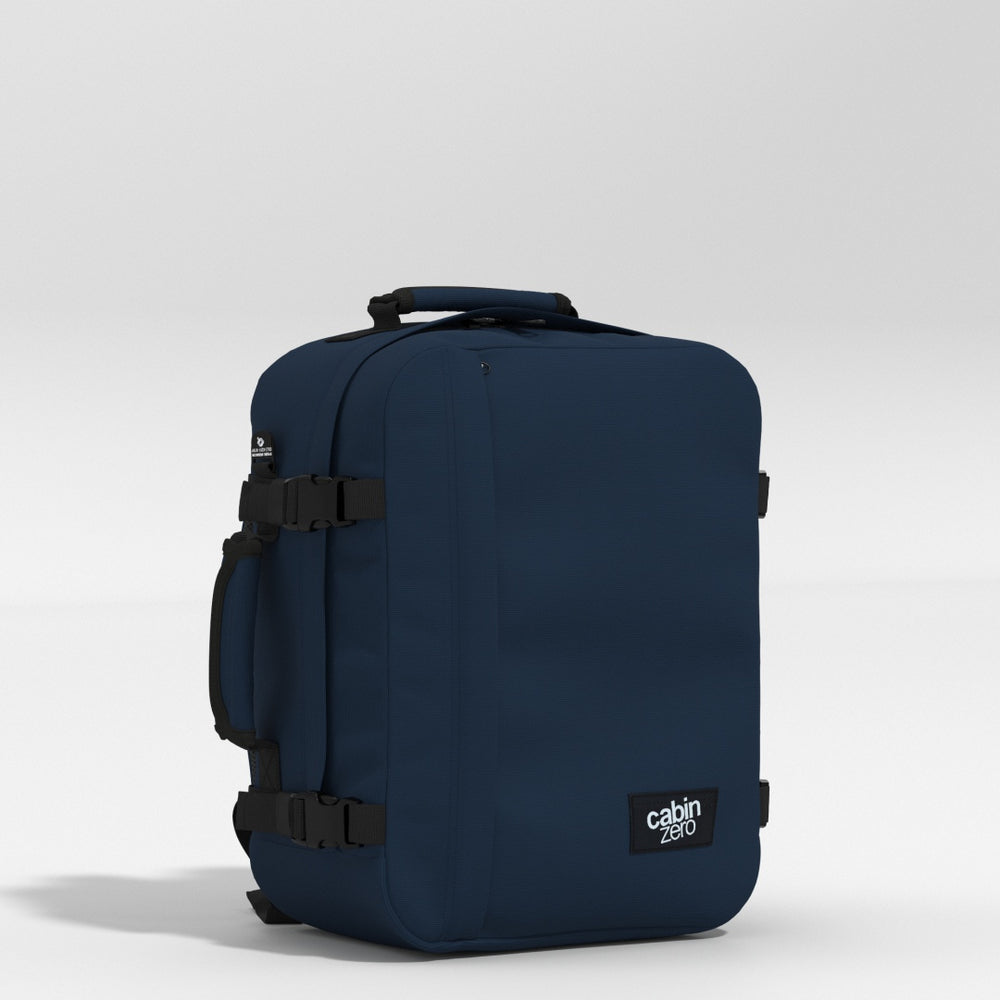

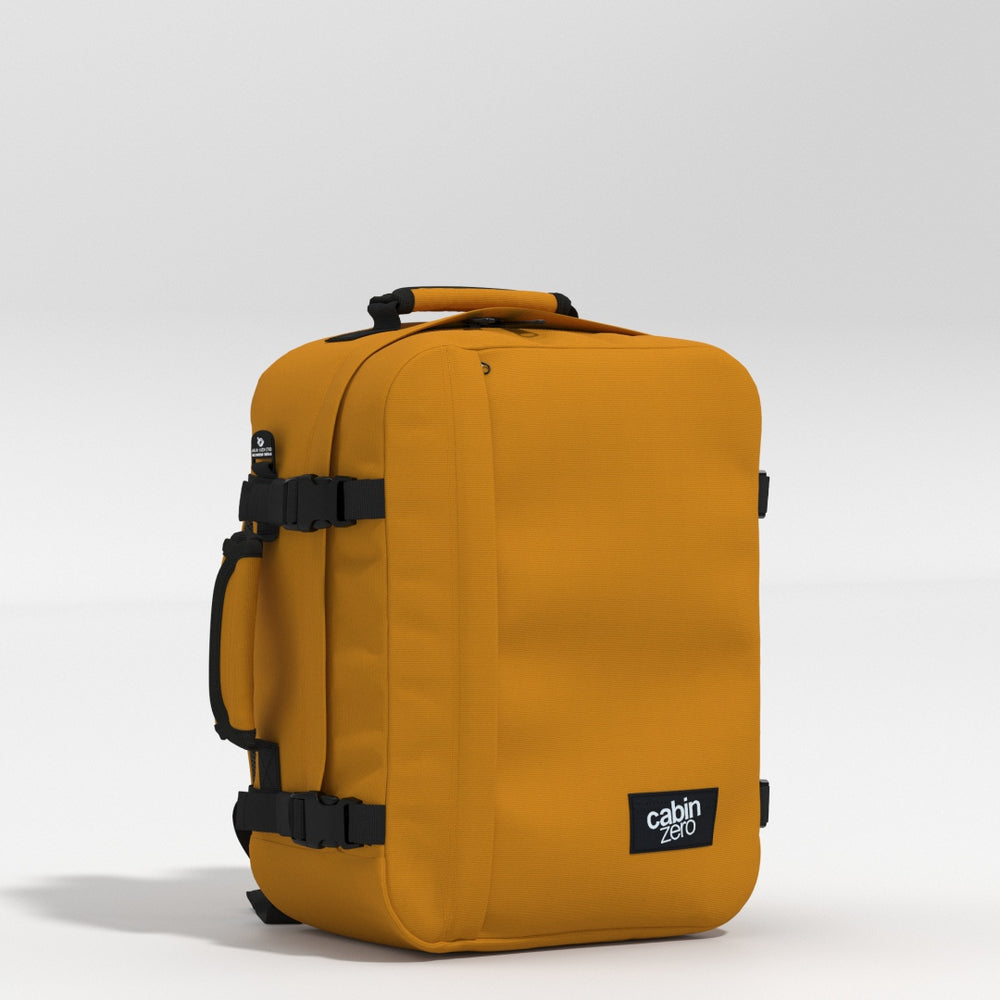
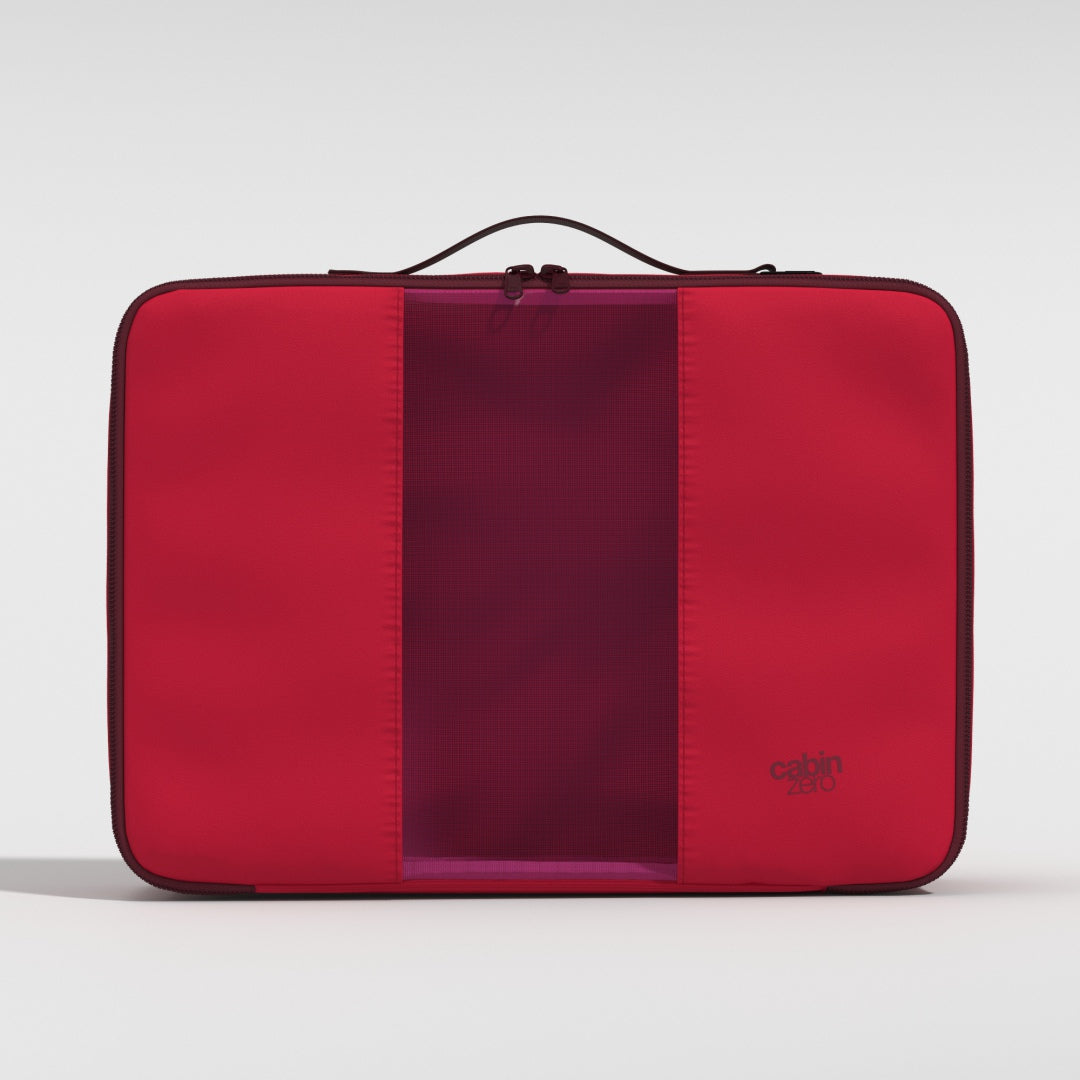

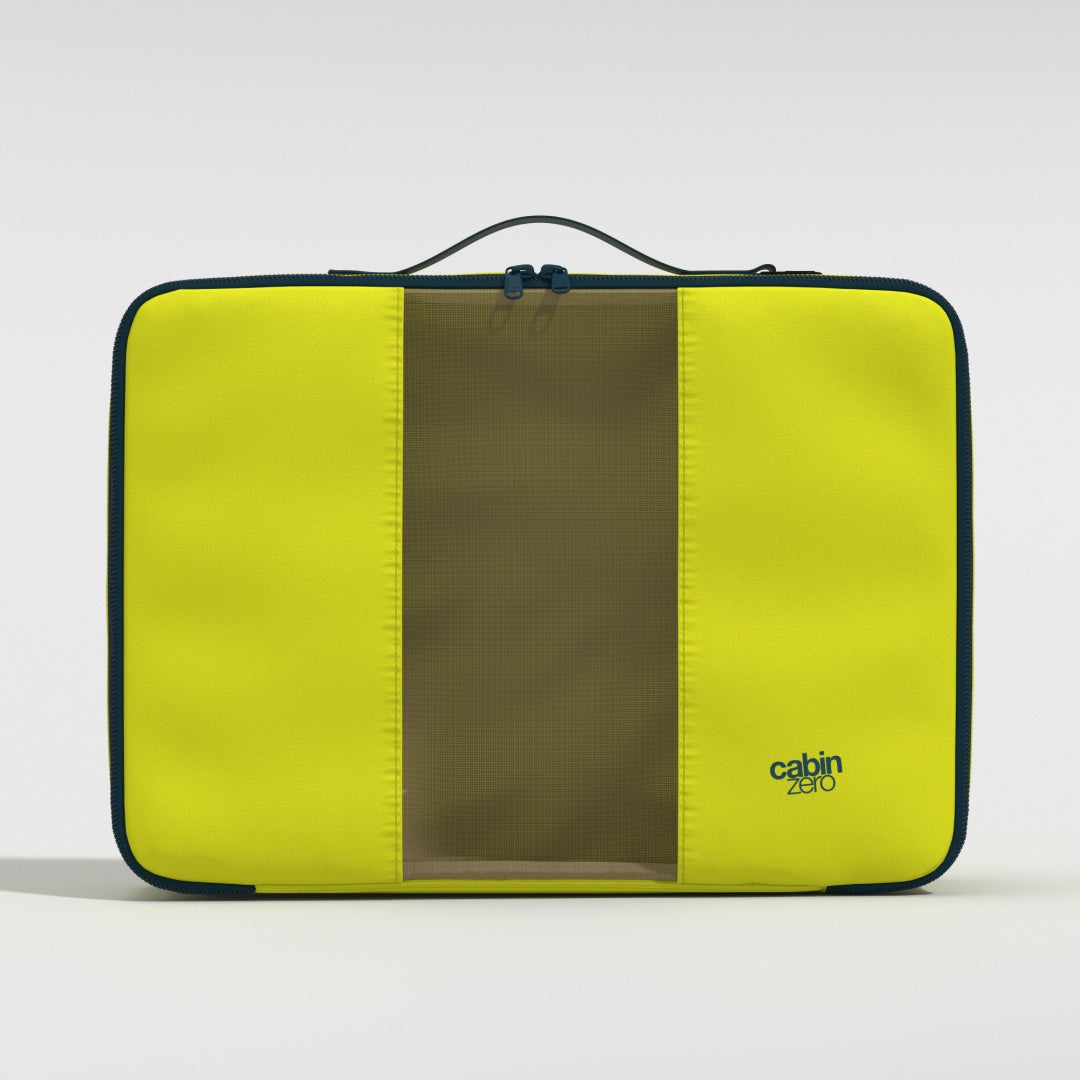

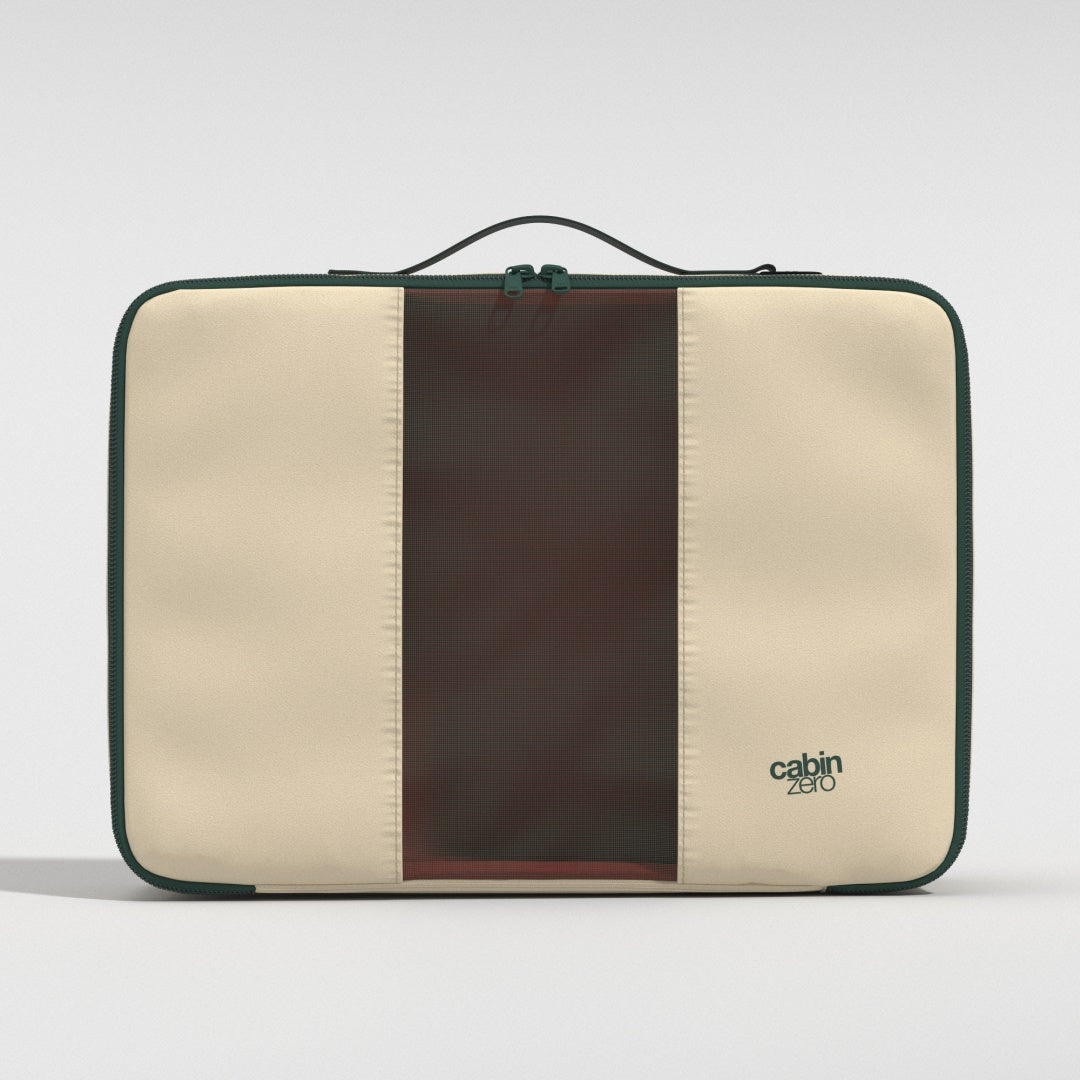
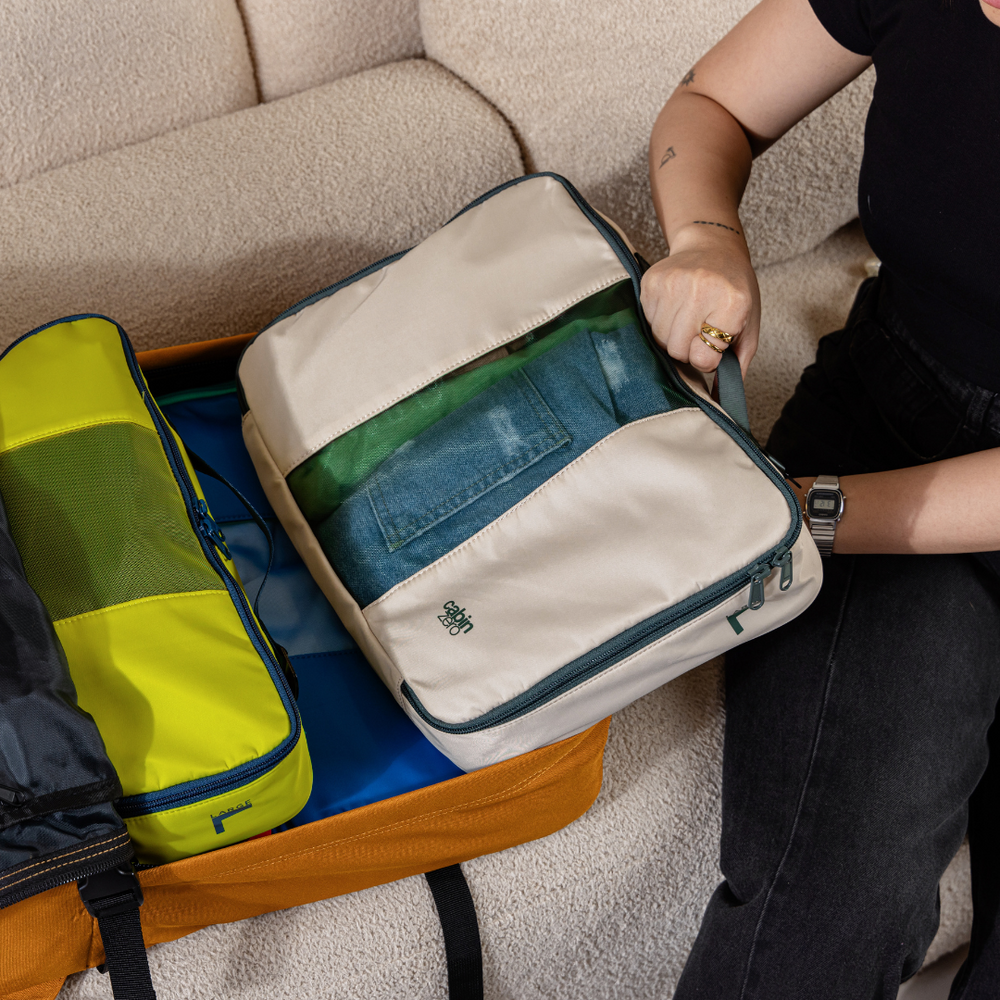
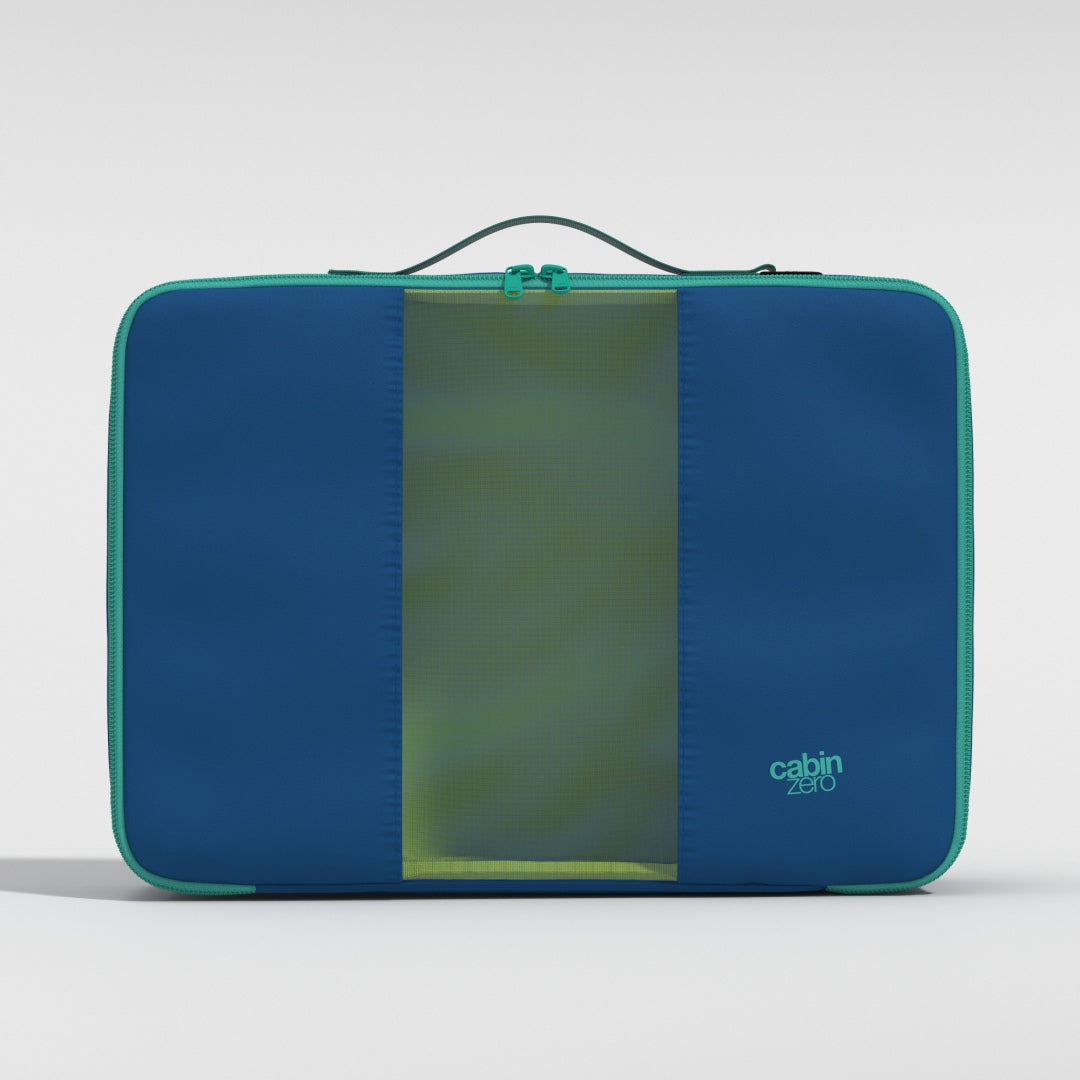




Leave a comment